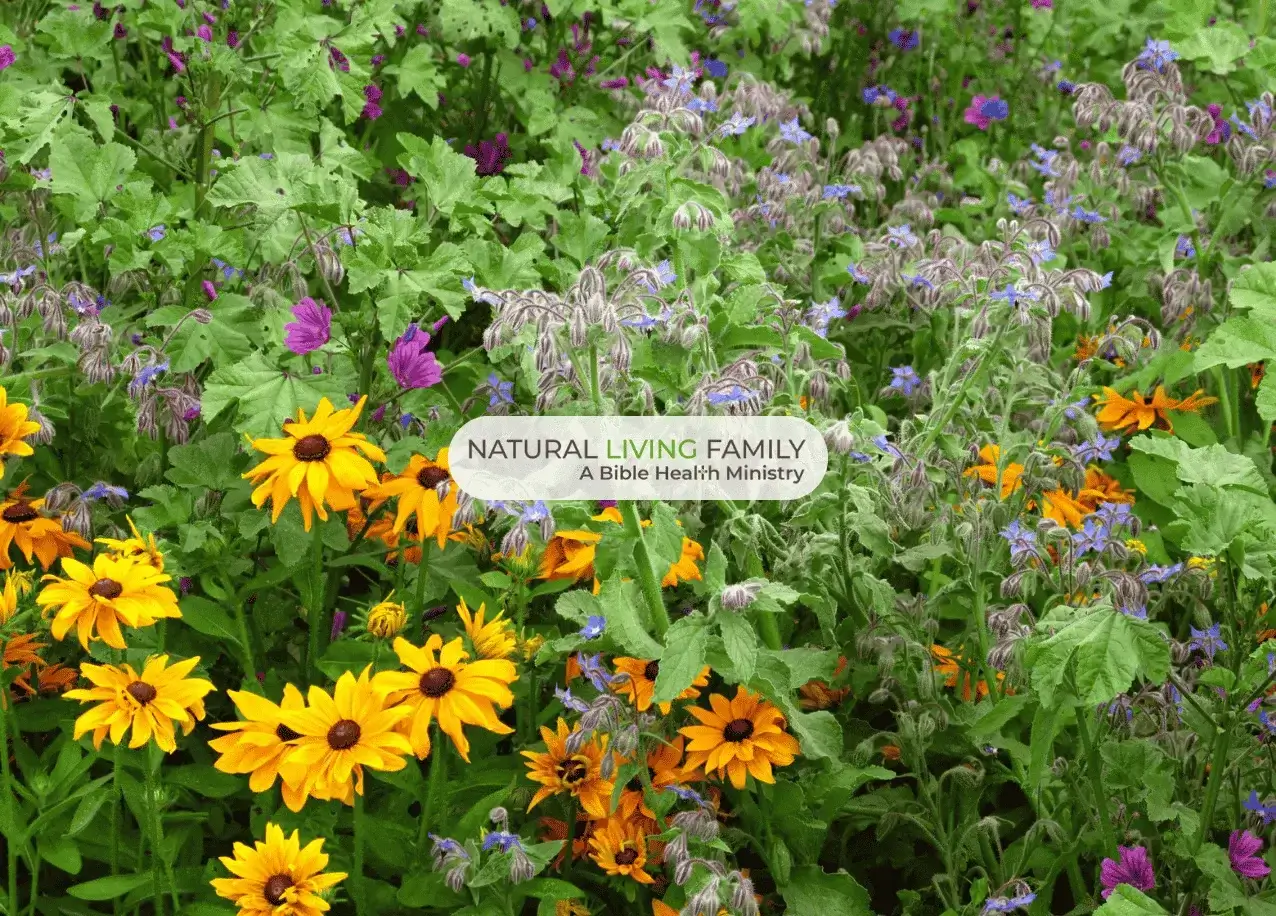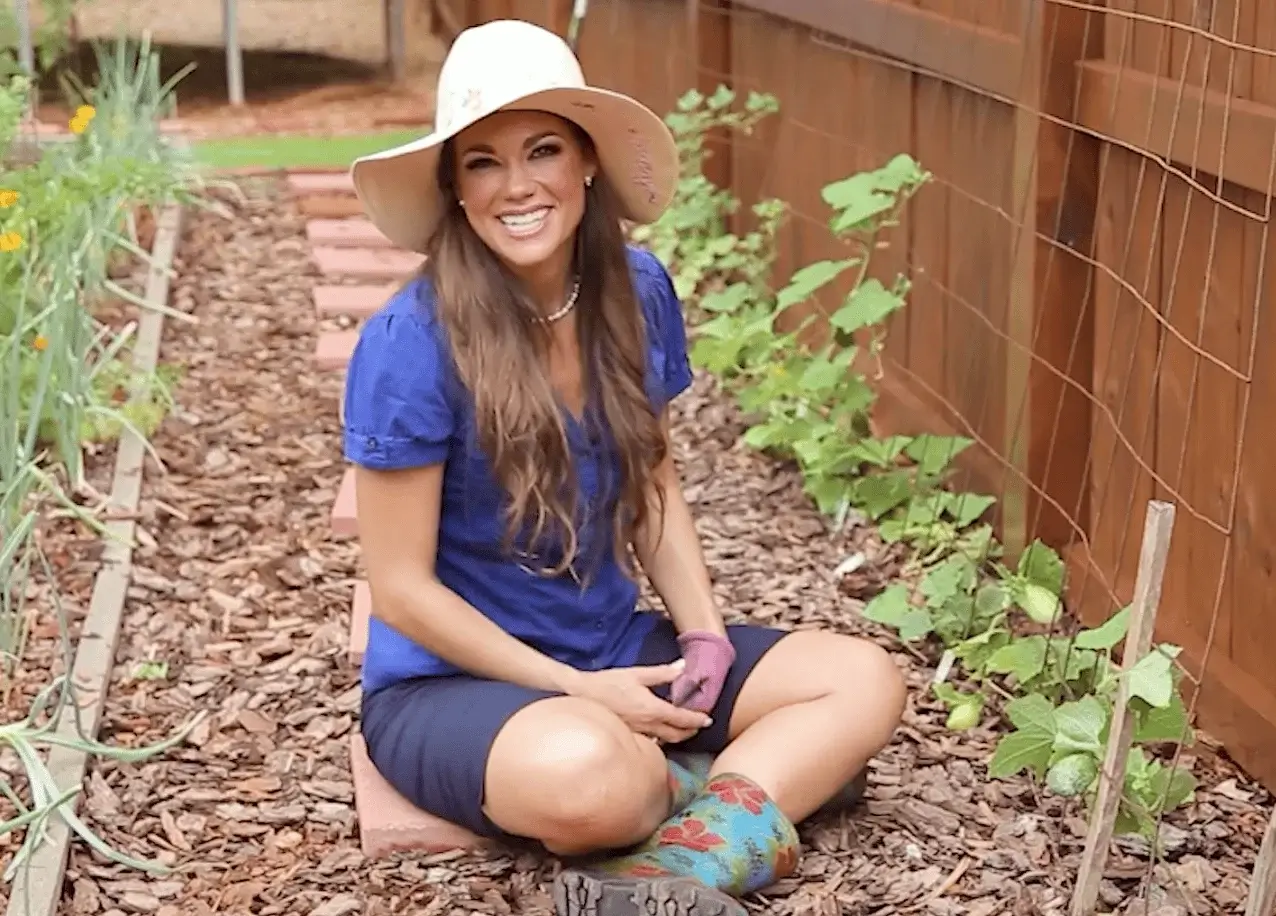One of gardening’s best kept secrets is how fruitful prepping a fall garden plan can be. Not just for spring, don’t forget to plant in the cooler months!
Designing a successful fall garden plan is as simple as choosing the right plants for the season and understanding the typical weather patterns in your area.
Table of Contents
Know Your Area for Successful Garden Plans
When most people think about gardening, spring planting, summer and fall harvesting are what immediately spring to mind. While many plants really do best in the spring and summer months, that doesn’t mean that you can’t get plenty of wonderful food when planting in the fall as well
One of the most important steps in learning how to grow a garden in autumn is understanding the area that you live in and the average weather patterns of the season. When selecting vegetables to grow in your fall garden, take into consideration the average date of the first hard frost of the season and give yourself a bit of wiggle room. If you’re planting something that takes 21 days to mature, you’ll want to be sure that it is in the ground within at least 4-5 weeks of the expected first hard frost.
Choose the Right Plants for a Fall Garden Plan
There are several hardy varieties of vegetables and greens that flourish in the cooler weather of fall and even into early winter. Some of the most popular choices include:
- Carrots
- Radishes
- Kohlrabi
- Beets – we use both the beets and the greens.
- Brussels Sprouts
- Leeks
- Collard Greens
- Spinach
- Kale
- Cabbage
- Broccoli
- Fast-growing Lettuces
Another key component in learning how to grow a garden in autumn is understanding that harvesting is not dependent on the same sizes you would consider in summer planting. You may need to harvest some of the vegetables at a smaller size than you typically would with summer planting, but these “baby” versions are often even more flavorful than their full-grown counterparts.
Plan Your Garden Space
Before you begin planting your fall garden, be sure to clear out weeds and any summer plants that are no longer performing well. Maintaining good soil moisture is important and you won’t want to have plants that aren’t up to par robbing your new crops of the water that they need.
Clean things up and prepare the soil before getting your fall planting started so that you’re giving your new crops the best chance to grow and flourish.
Start Fall Seeds with Care
Many fall seeds can be sown directly into the ground, as they are quick to germinate and fast growing. However, if you’re in an area that is experiencing a hotter-than-average fall, you may want to start them indoors where soil can be kept a little cooler. Some plants, especially certain lettuces and greens, produce better results when they are kept at slightly cooler temperatures until they are ready to transplant outside.
One thing to keep in mind when making your fall garden plan is to purchase heirloom seeds. This will allow you to keep your seeds year-to-year. I also love that these heirloom varieties that have been proven over time.
If, as you create your fall garden plan, you realize the weather isn’t right for starting seeds, try planting already-started plants instead. These can often be found at local big box stores and nurseries although the selection is usually more limited than when you are ordering seeds.
Ready to dig in to your garden and begin providing your family with healthier, organic foods that are free of pesticides and chemical fertilizers? Dr. Z and Mama Z’s Toxic-Free, Healthy Home Makeover offers wonderful tips and advice about how you can make your garden, as well as the rest of your home a safer, more healthful place for your entire family.











